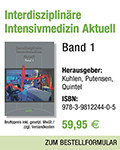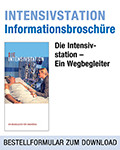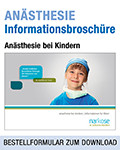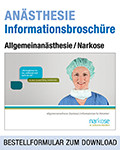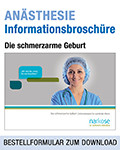

61. Jahrgang - Supplement Nr. 20 - Oktober 2020
Kleefstra syndrome is a very rare genetic disorder with unknown prevalence that may be associated with a distinctive facial appearance, muscular hypotonia, heart defects, frequent respiratory infections, seizures and urogenetic defects. These patients may also have characteristics of autism, developmental/speech delay and other psychiatric disorders.
Kleefstra syndrome is caused by the deletion of the EHMT1 gene or by mutations that disable its function. This would lead to a perturbation in formation of an enzyme called euchromatic histone methyltransferase (EHMT). A lack of this enzyme impairs proper control of the activity of certain genes in many organs and tissues, resulting in the abnormalities of development and functions that are characteristic of Kleefstra syndrome. Kleefstra syndrome, caused by a microdeletion at 9q34.3 or an intragenic EHMT1 pathogenic variant, is inherited in an autosomal dominant manner. The majority of cases reported to date have been de novo. Males and females are affected equally. Up to date there are just 114 confirmed cases of KS documented in the literature, but as many individuals with this condition are not diagnosed, the true prevalence may be much higher. The syndrome has been identified worldwide and in all ethnic groups. Kleefstra Syndrome may involve different parts of the body. This syndrome may include dysmorphic features (microcephaly, brachycephaly, synophrys, hypertelorism, anteverted nares, midface hypoplasia, prognathism, and macroglossia). Patients with Kleefstra syndrome present usually with developmental and intellectual delay, hypotonia and absent or limited speech. They commonly exhibit an autistic-like behaviour or communication disorders affecting social interaction. Apathy and catatonia have been described in adolescents with Kleefstra syndrome. High birth weight and childhood obesity have been reported. People with Kleefstra syndrome may also have structural brain abnormalities and congenital heart defects (conotruncal heart defect, ASD/VSD, tetralogy of Fallot, aortic coarctation, bicuspid aortic valve, and pulmonic stenosis). In a number of individuals, atrial flutter has been reported. Genitourinary abnormalities (hypospadias, cryptorchidism, vesico-ureteral reflux, hydronephrosis, renal cysts and chronic renal insufficiency) may be present. Seizures have been reported in 30% of the patients and can include tonic-clonic seizures, absence seizures, and complex partial epilepsy. Epigastric hernia, tracheo-/bronchomalacia with respiratory insufficiency, and gastro-oesophageal reflux have been also observed with a tendency to develop severe respiratory infections.








